Cape Hedo, or Hedo Misaki in Japanese, is the northernmost point of Okinawa Island. This place is all about rugged natural beauty, where the land dramatically meets the sea.
Cape Hedo is where you’ll find some of the most striking landscapes in Okinawa. Think towering cliffs and vast ocean views. It’s quiet and peaceful, a total change from the usual sandy beaches that stretch for miles.
Visiting Cape Hedo is a great way to see a different side of Okinawa island. I visited Cape Hedo with my husband as part of our Okinawa itinerary because we wanted to see the rock formations and the special subtropical forests nearby. Cape Hedo is part of the local Daisekirinzan subtropical forest national park.
To get to Cape Hedo we drove along the coast, across the whole Okinawa island, and it was so worth it because the landscape was so unusual and truly dramatic.
In this guide, I’m sharing my experience and tips for visiting Cape Hedo. Whether you’re coming from Naha or staying somewhere closer in Okinawa, you’ll find some useful insights here to make your trip memorable.
Getting to Cape Hedo
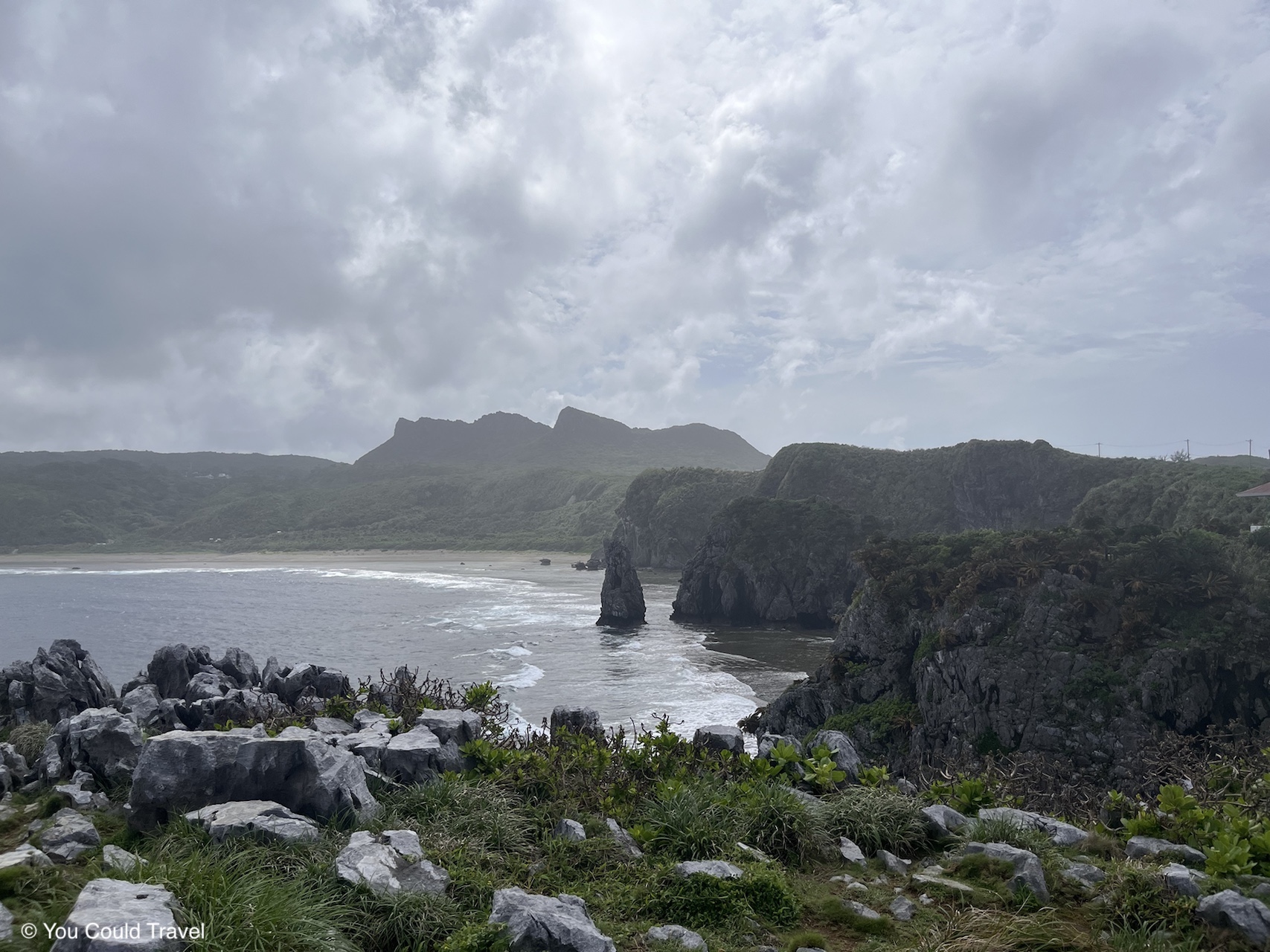
Getting to Cape Hedo offers a journey as memorable as the destination itself, especially when you’re driving. If you’re starting from Naha, the capital city of Okinawa Prefecture, it’s a journey of about 110 kilometres. The drive typically takes around 2 to 2.5 hours (on the Expressway), but this can vary depending on traffic and how often you stop along the way.
For my trip, I rented a car, which I highly recommend. The drive is incredibly scenic, particularly because you’re hugging the coastline for a significant portion of it. On one side, you have the vast, blue ocean stretching out to the horizon, and on the other, there’s a lush forest landscape interspersed with charming small village developments.
One of the highlights of this drive is the opportunity to explore other attractions along the way. For instance, the Okinawa Churaumi Aquarium is a popular stop. It’s one of the largest aquariums in the world and well worth a visit. Another notable spot is the Bise Fugi Trees Road in Bise Village, known for its beautiful walking paths surrounded by unique Fugi (garcinia) trees.
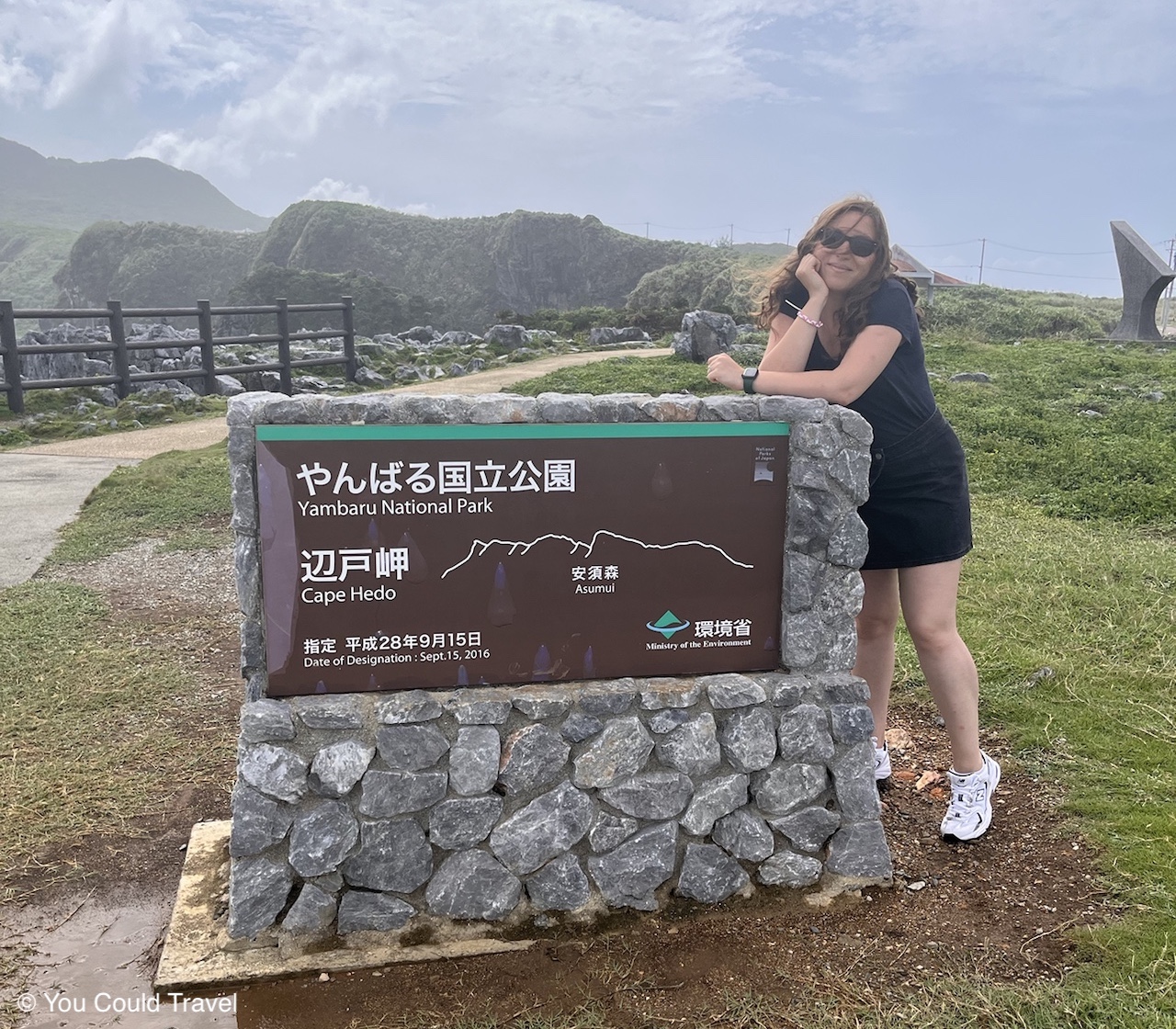
On the way back, I opted for the smaller roads (Route 70) through the jungle. This route is undeniably scenic, winding through lush greenery and offering a different perspective of Okinawa’s natural beauty. However, these roads are narrower and less direct, making the journey slower. It’s a trade-off between time and scenery, but if you’re not in a rush, it’s well worth it.
What is in Cape Hedo
At Cape Hedo, it’s really all about the natural beauty. This place stands out for its incredible landscapes – think high coral cliffs and a rugged coastline that meet the East China Sea and the Pacific Ocean. These cliffs give you amazing views, especially when the sun is rising or setting. The area is pretty much untouched, which adds to its natural charm.
While Cape Hedo’s main attraction is definitely its stunning views and natural setting, there are also a few other things to see and do that make a visit here even better. But, at the end of the day, it’s the sheer beauty of nature that brings people to this part of Okinawa.

Right in front of the free car park, there’s a visitor centre which provides a wealth of information about the area, its history, and the natural environment. It’s particularly insightful if you’re interested in the local wildlife and birds, as well as the unique natural habitat of the region.
A highlight of my visit was stopping at the Fushikubu Café, located on the top floor of the visitor centre. This café is a great spot for a relaxing lunch, offering delicious and affordable meals. I highly recommend their Caesar salad wrap and the (cold) soup of the day, which can be a refreshing choice on a warm day. The café also serves coffee, tea, and hot soup for those who prefer something warmer. Plus, they sell merchandise and souvenirs, making it a perfect spot to pick up a memento of your trip.
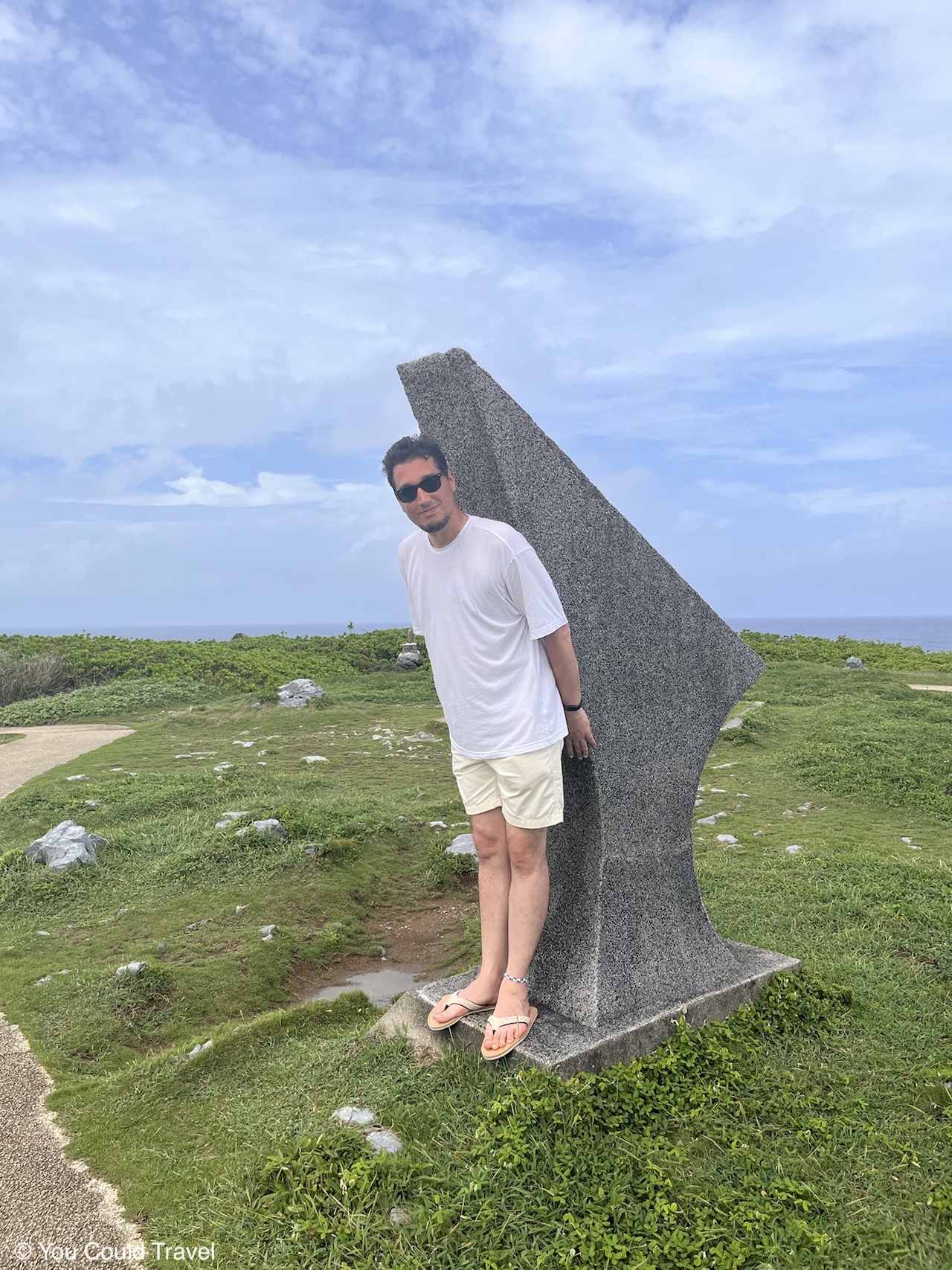
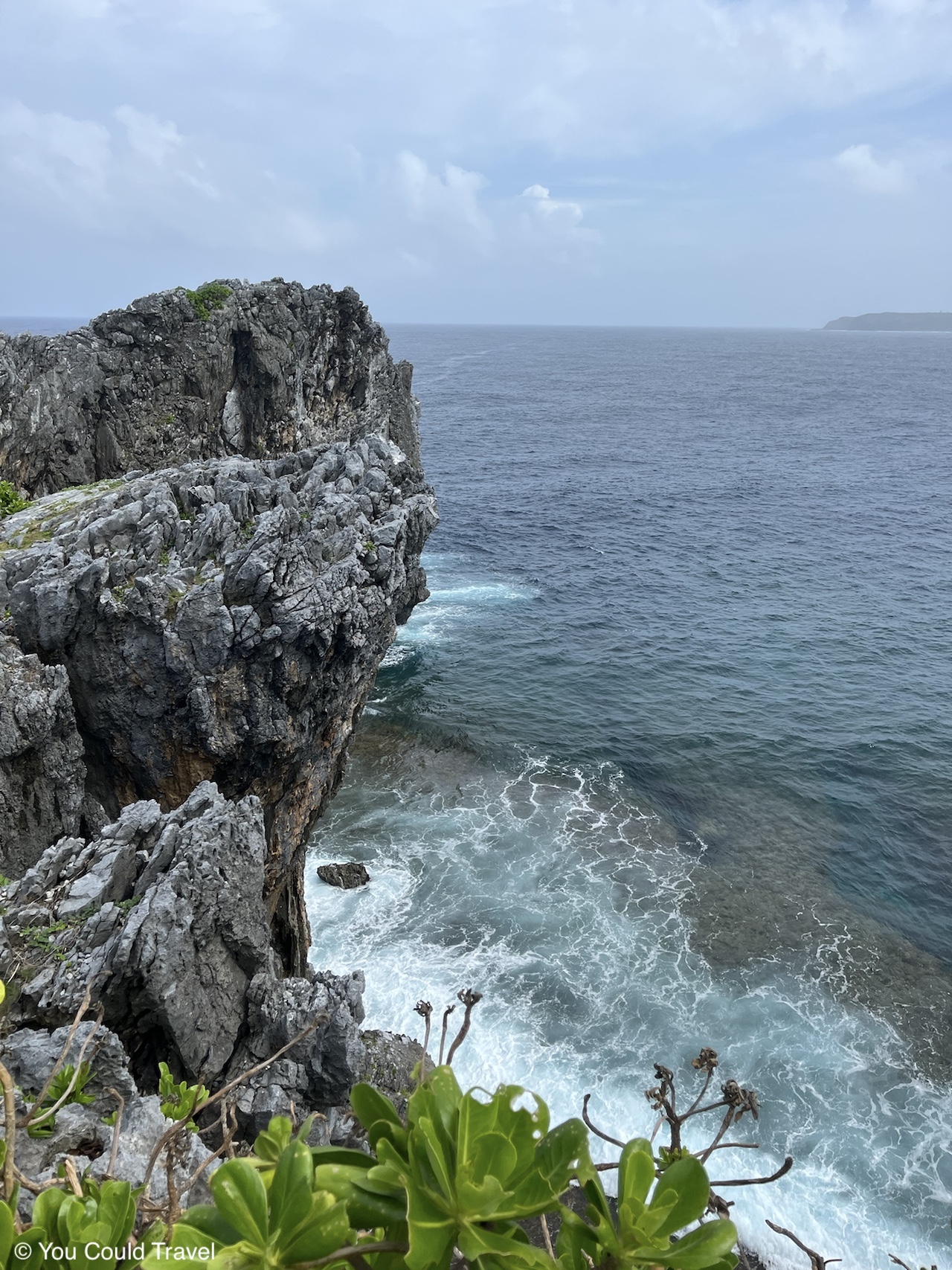
There are several stone monuments around, including one significant monument commemorating the end of the US Occupation and the return of Okinawa to Japanese sovereignty. This monument is a popular spot for tourists to take photos.
The Cape Hedo Observatory is a key attraction, offering breathtaking views of the surrounding area. On clear days, you can see Yoron Island (Yoronjima) in Kagoshima Prefecture, located about 23 kilometres (14 miles) to the north. The observatory provides a panoramic view of the ocean and is a perfect spot for photographers or anyone looking to soak in the natural beauty of the place.
Another cool aspect of Cape Hedo is that it marks the end of the official Japan Trail, a massive 10,000-kilometer walking trail that links Okinawa to Hokkaido. I didn’t complete the trail but I would like to do it fully!
Cape Hedo is part of the Daisekirinzan National Park, making it an excellent location for hiking.
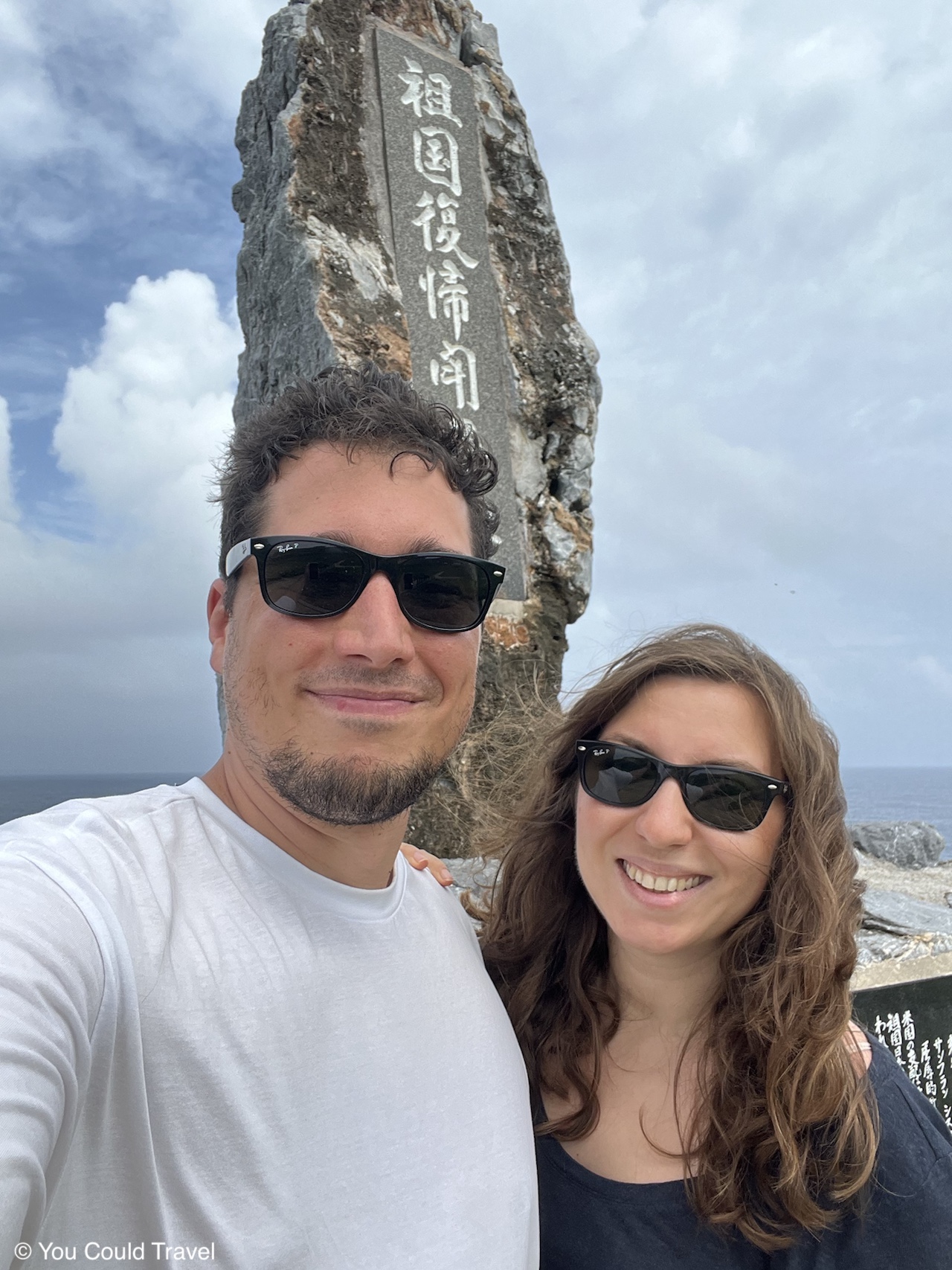
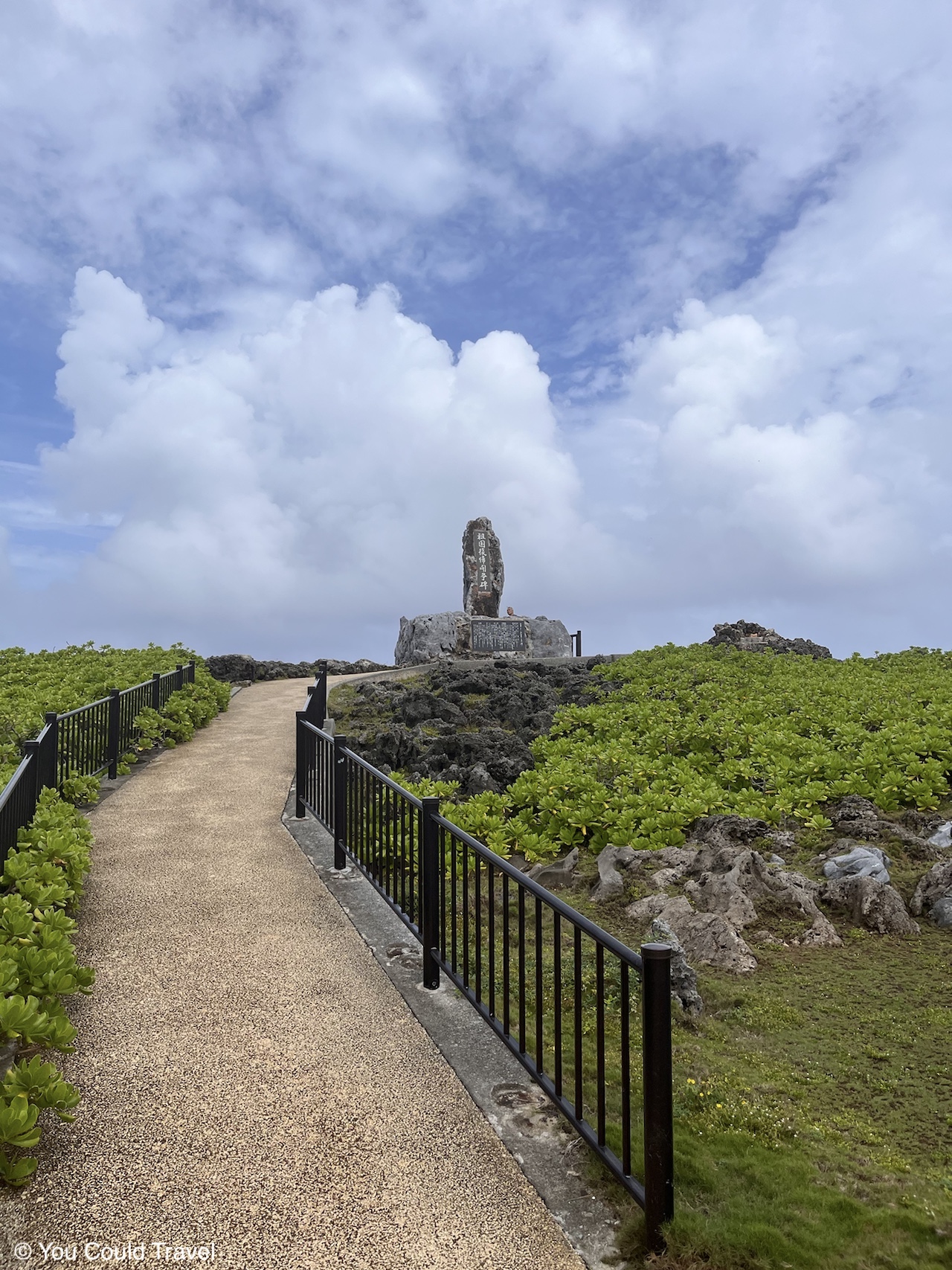
Practical Information
Sun Protection – It’s crucial to wear sunscreen when visiting Cape Hedo, even on overcast days. The Okinawan sun is subtropical and quite strong, so protecting your skin is important to avoid sunburn.
Habu Snake Caution – The rocks around Cape Hedo are a natural habitat for the habu, a type of snake found in Okinawa. It’s wise to be cautious around these areas. Try to stay on the main paths as much as possible to avoid any encounters with these snakes.
Path Safety – The paths near the cliffs can be slippery, and the cliffs themselves are very steep. It’s essential to stay on the main paths to prevent slipping. The scenery is as dangerous as it is beautiful, so it’s important to respect the natural terrain.
Wind Conditions – On windy days, be extra cautious and avoid getting too close to the cliff edges. Strong winds can make these areas particularly hazardous.
Refreshments – There are vending machines in the car park where you can buy refreshments. This can be quite convenient, especially after a long walk or on a hot day.
Parking – The car park at Cape Hedo is free to use, which is convenient for those travelling by car.
Nearest Gas Station – The closest gas station is an ENOS, about a 15-minute drive from Cape Hedo.
Cape Hedo
Hedo, Kunigami, Kunigami District, Okinawa 905-1421, Japan
📞 Contact
🚉 Closest Station (Directions)
🕥 Opening Hours
Monday: Open 24 hours
Tuesday: Open 24 hours
Wednesday: Open 24 hours
Thursday: Open 24 hours
Friday: Open 24 hours
Saturday: Open 24 hours
Sunday: Open 24 hours

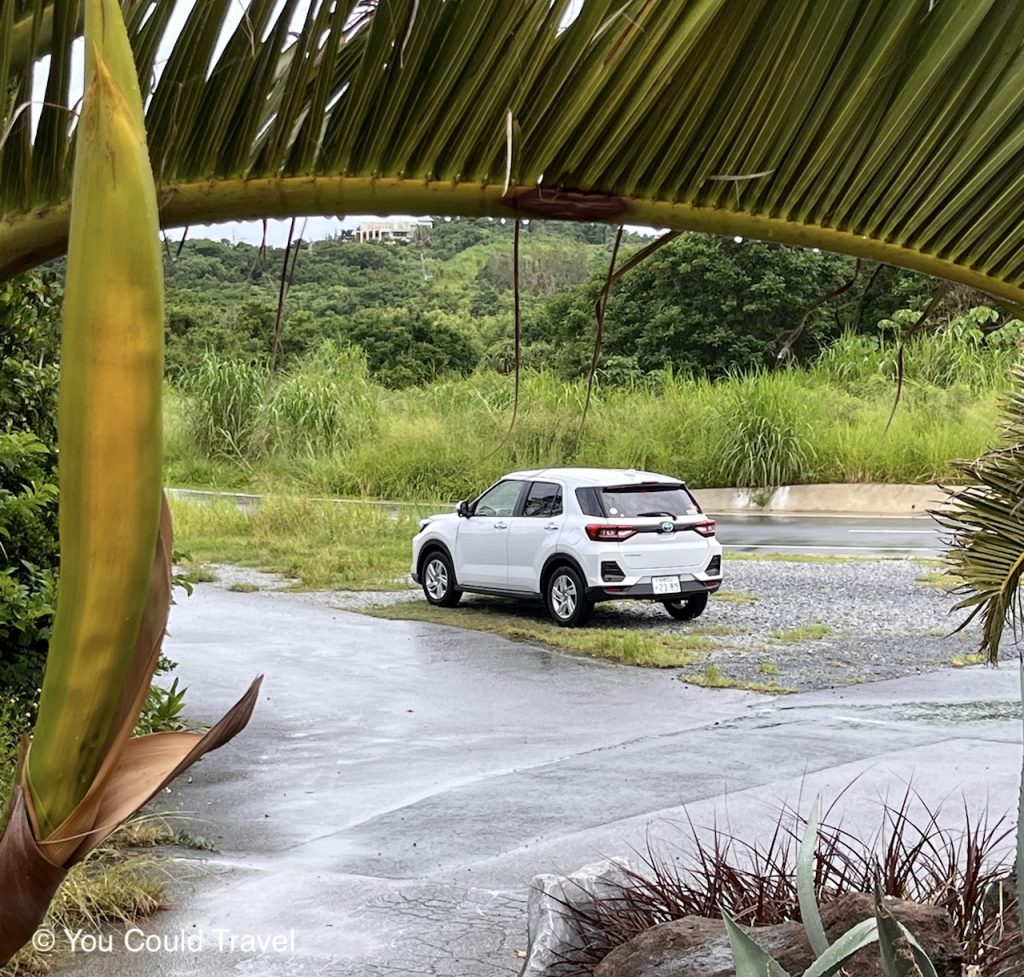
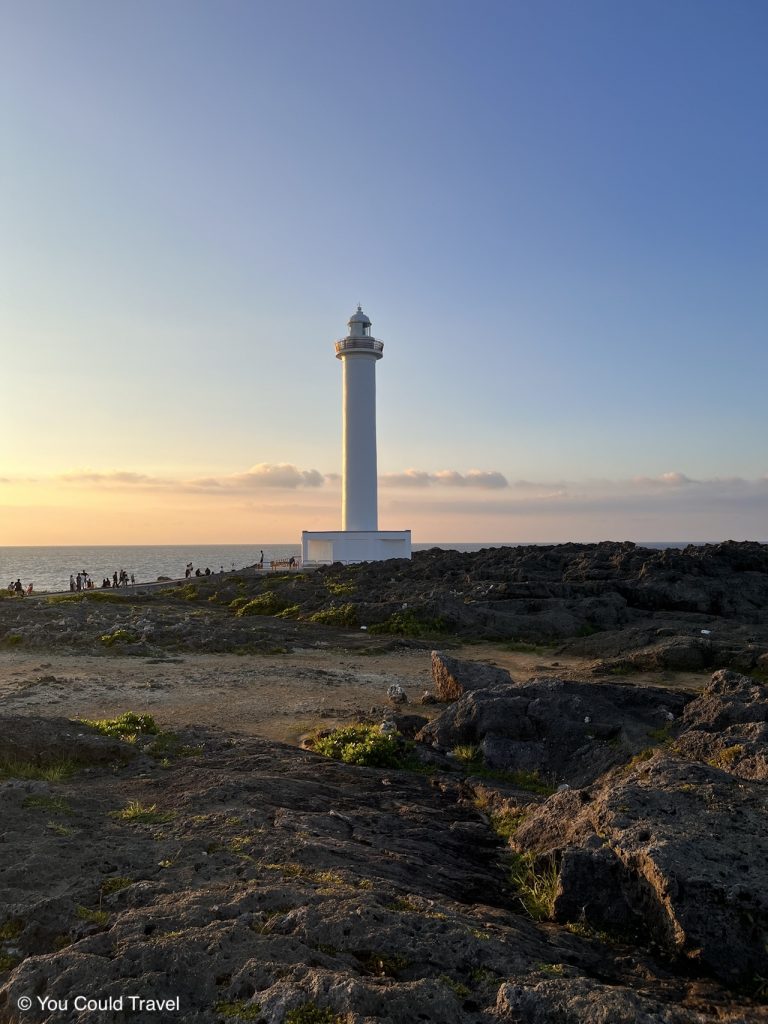
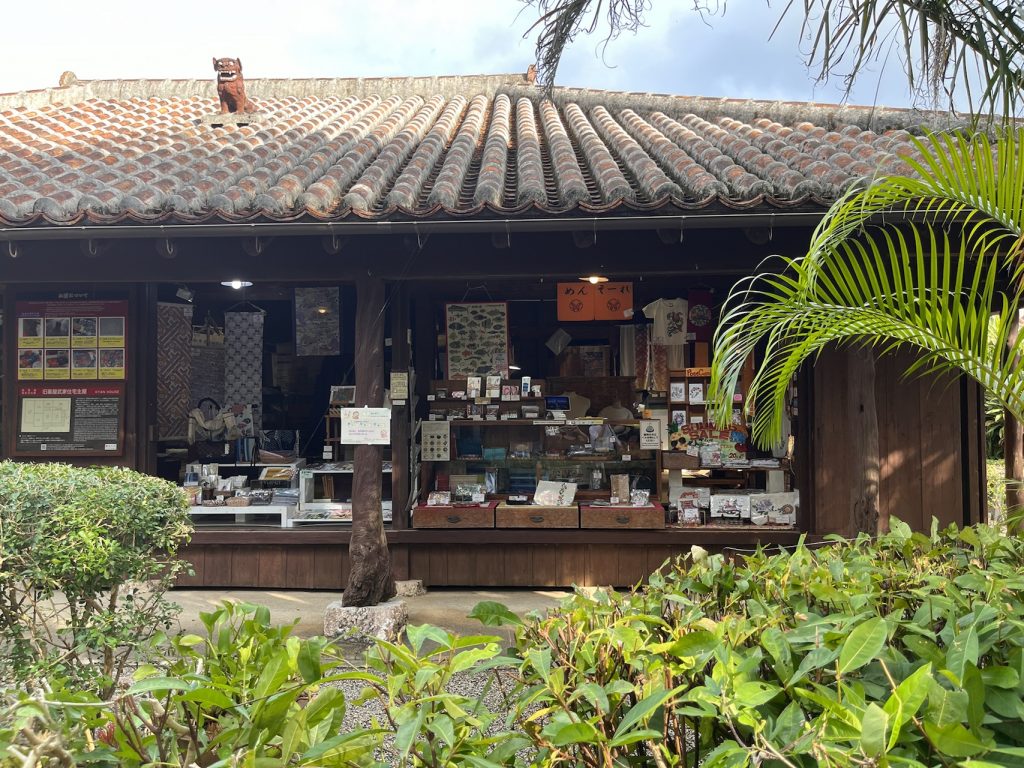
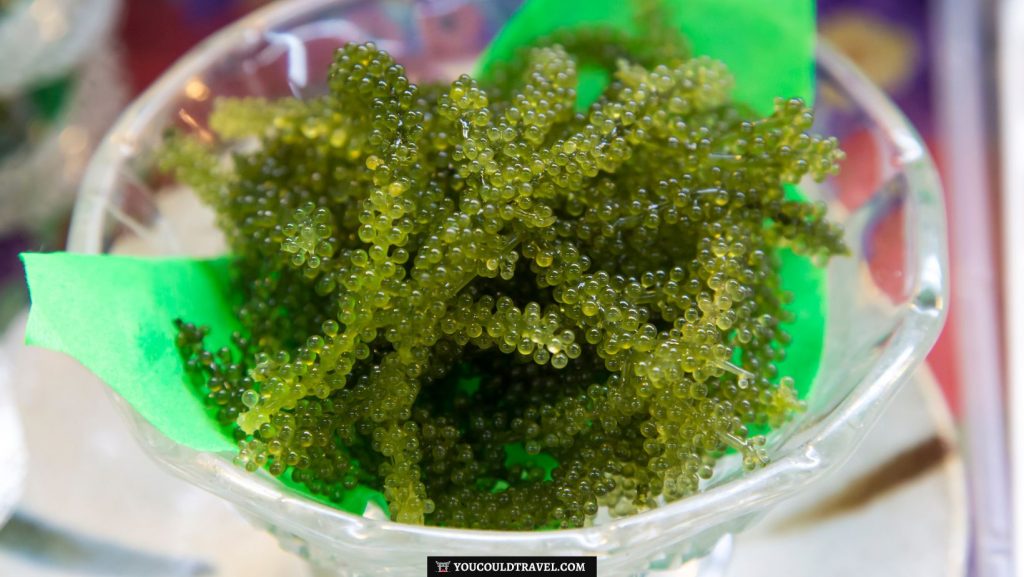
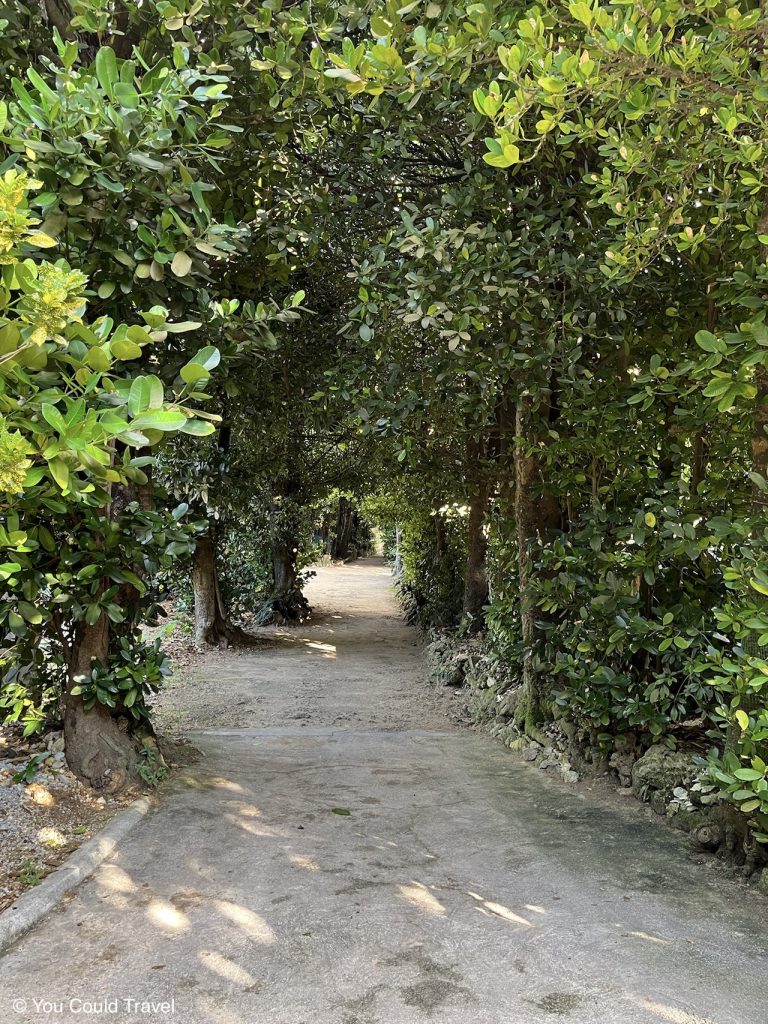
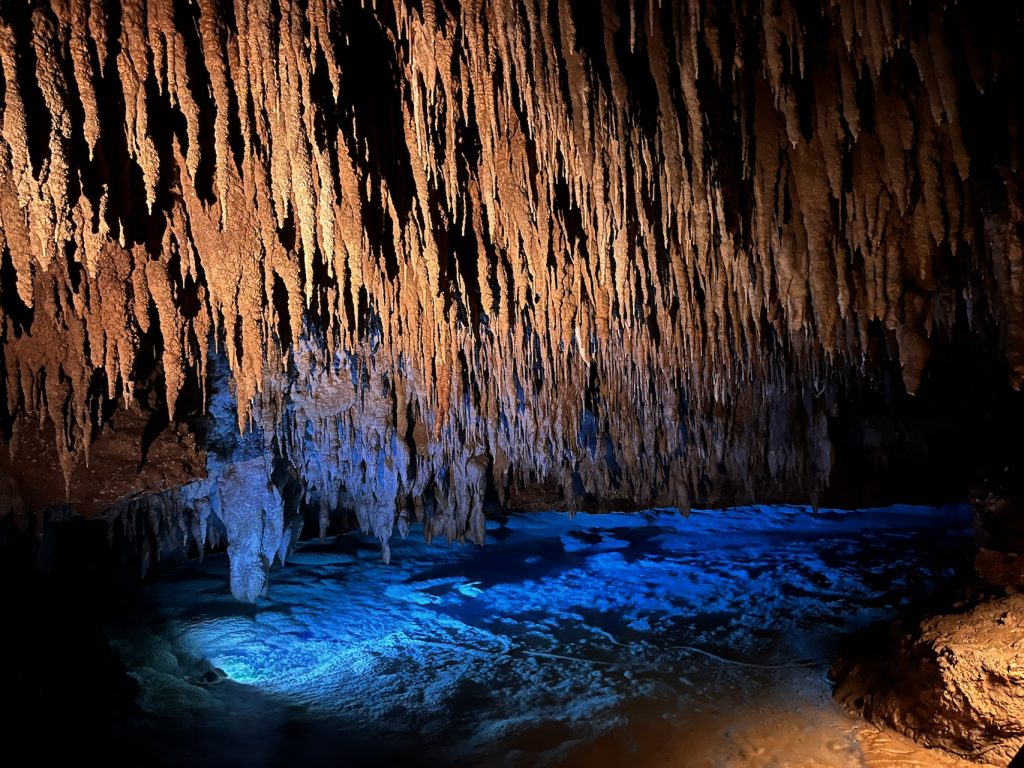


Leave a Reply